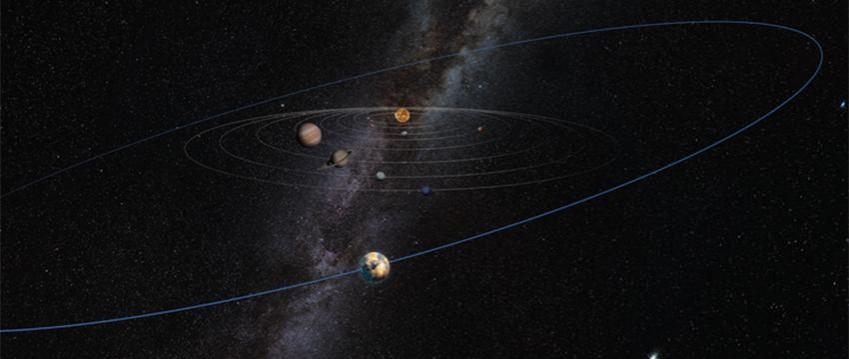
A new Mars-sized planet is believed to be discovered by scientists from University of Arizona's Lunar and Planetary Laboratory (LPL).
As per the research, this yet-to-be-discovered body is different and much close in comparison to Planet Nine -- the hypothetical large planet in the far outer Solar System which is yet to be confirmed.
Researchers Kat Volk and Renu Malhotra have presented compelling proof about this planetary body whose mass is somewhere between that of Earth and the Red Planet.
The researchers also revealed that the enormous body, sneaking out of the edge of our Solar System, is interrupting the orbits of other celestial bodies present within the Kuiper Belt by its mysterious mass.

Kuiper Belt is a disc-shaped region of icy bodies present beyond Neptune and encircles the entire Solar System.
Most of the Kuiper Belt Objects (KBOs) are the remnants of debris from the formation of the Solar System.
As per the findings of Volk and Malhotra, the average plane of these KBOs tilted away from the invariable plane by about eight degrees. It points toward the fact that the average orbital plane of the outer Solar System was bent by an unknown entity.
"The most likely explanation for our results is that there is some unseen mass," says Volk, a postdoctoral fellow at LPL and the lead author of the study.
"According to our calculations, something as massive as Mars would be needed to cause the warp that we measured," Volk added.
For the study, Volk and Malhotra analysed the tilt angles of the orbital planes of more than 600 objects in the Kuiper Belt in order to determine the common direction about which these orbital planes all precess. Precession refers to the slow change or "wobble" in the orientation of a rotating object.

















